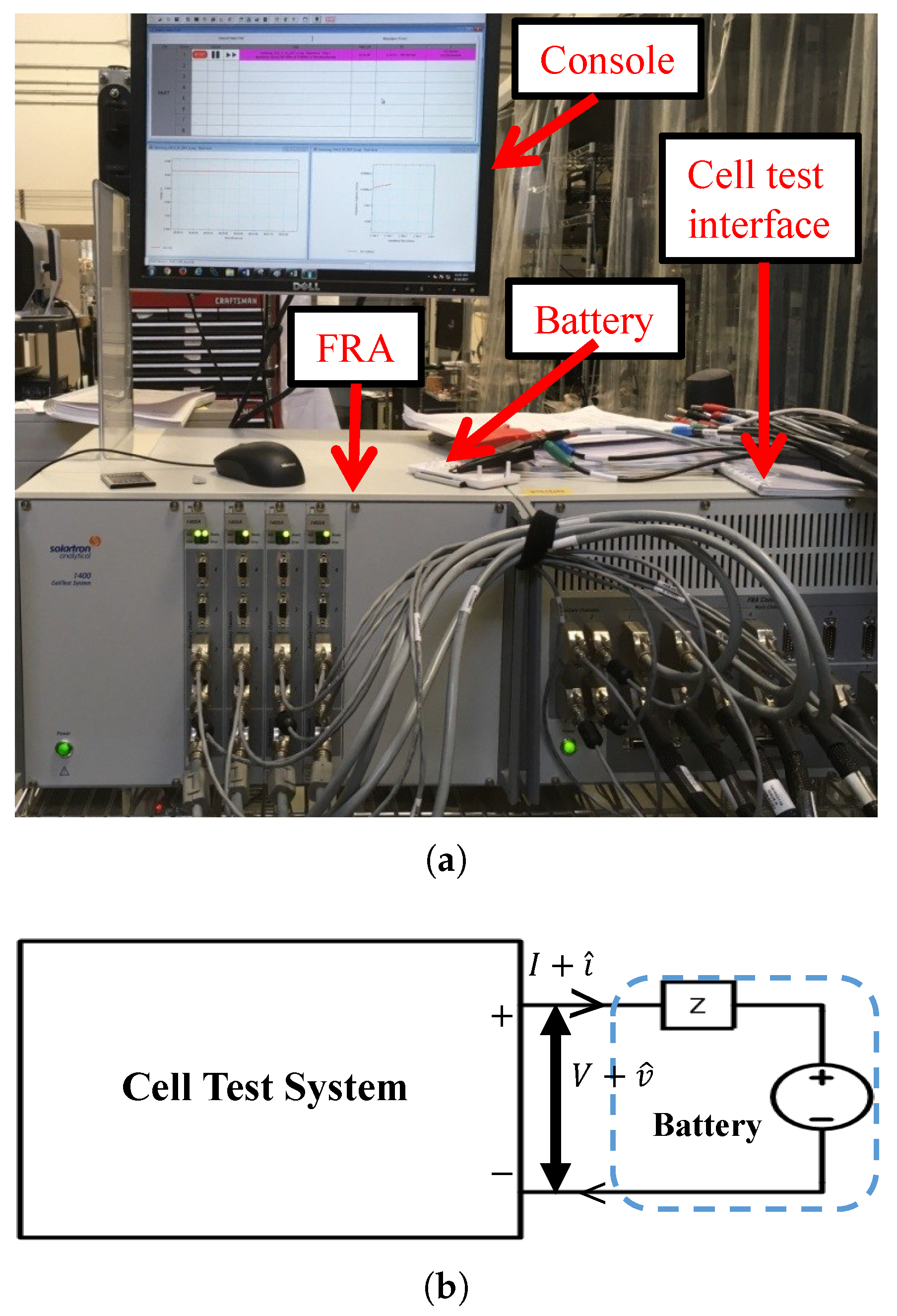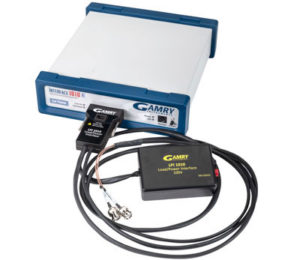

Its principles are discussed in section 8.3.5. Sankara Papavinasam, in Corrosion Control in the Oil and Gas Industry, 2014 11.3.9 Electrochemical impedence spectroscopy (EIS) 48–50ĮIS is primarily a laboratory technique, but it has been tested in the field.

This is a key advantage of EIS making it an apt tool to study ion diffusion in HOIPs and resolve the chemical identity of the ion. Examining the current response over a range of frequencies allows separation of processes which occur on different timescales, making it ideal for separating electronic and ionic processes in mixed conductors. EIS data is generated by applying an AC potential to an electronic device, measuring the AC current response, and recording phase shift and amplitude changes over a range of applied frequencies.

EIS takes advantage of this concept by relating theoretical circuit elements to actual electrochemical processes occurring in a material and allowing fitting of current, voltage, and frequency data to equivalent circuit models. The concept of “impedance” is analogous to resistance but allows for description of complex circuits which have nonlinear current–voltage relationships, such as those which exhibit capacitance, inductance, or mass diffusion. Dhandapani Venkataraman, in Perovskite Photovoltaics, 2018 6.11 Impedance Spectroscopy: A Promising Indirect Method to Probe Ion TransportĮlectrochemical impedance spectroscopy (EIS) has recently emerged as a tool in HOIP literature to examine processes that occur at different timescales.


 0 kommentar(er)
0 kommentar(er)
